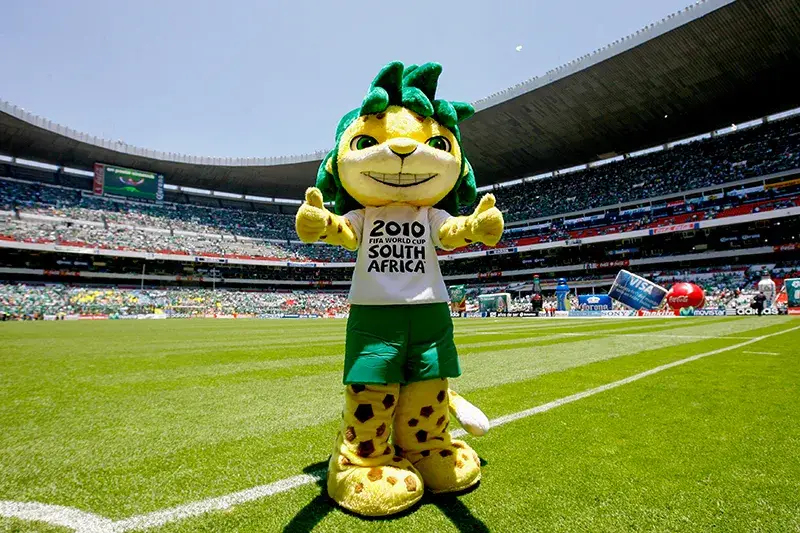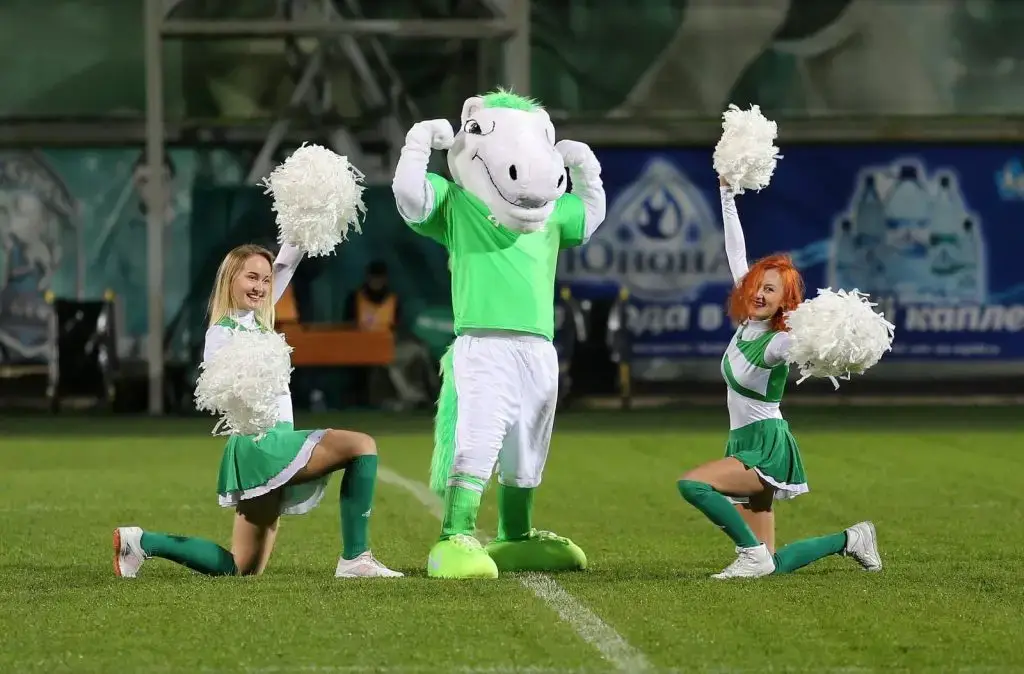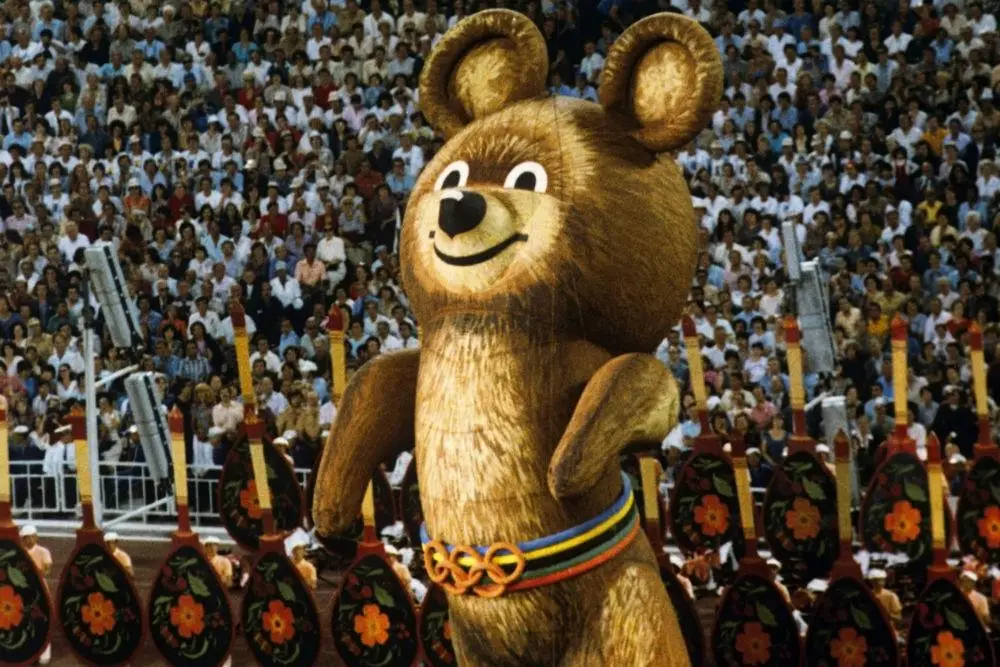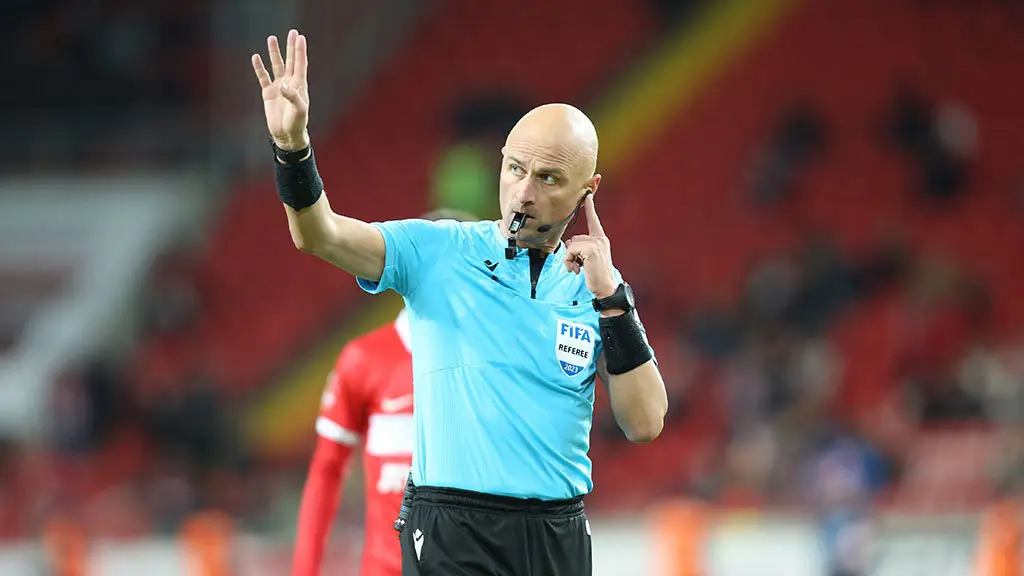Mascots of football clubs have become an integral part of the football world. These charismatic characters animate matches, capture the attention of fans and carry a special energy that is transmitted from the stands to the players. Let’s take a look at the most unusual mascots that have become true icons of football culture and inspire fans to win with their teams.
The football mascot phenomenon
Mascots represent the spirit of the club, support fans in difficult moments and add an element of fun to every match. The variety of characters ranges from animals to mystical creatures that tell the history and traditions of teams. Mascots of football clubs become part of the teams’ identity. Which football club mascots deserve special attention?
Tony the Tiger (Hull City): the legend of the striped hero
A true symbol of Hull City’s resilience and strength. He unites fans and represents the strong spirit of the team, especially at home games. The history of Tony the Tiger dates back to the 1970s, when the team needed a strong symbol to unite fans and attract new supporters. The idea of creating the image of a tiger has to do with the club’s nickname, the Tigers. When you see him in the stands, you see a representative of the club who stands for strength and determination. Tony wears a striped suit and is always smiling, which contributes to the positive mood of both players and spectators.
Tony and his role at matches: working with the fans and entertaining the crowd.
Mascots of football clubs often play an important role in creating atmosphere in the stadium. Tony the Tiger actively cooperates with the public, encouraging fans before the match and participating in various games on the pitch during half-time. For many children and adults, meeting Tony at the stadium remains one of the most vivid memories of attending a football match.
The tiger has become a symbol not only of the team itself, but also of the city. Many consider him a true ambassador of the club. He has appeared many times in schools and hospitals and supported various social projects, helping to keep Hull City at the heart of the city and beyond. His effigy has become an icon for fans of all ages, uniting them under the slogan: ‘We are Tigers’.
Gunnersaurus (Arsenal FC): the dinosaur that fascinated fans
 The Gunnersaurus is probably one of the most recognisable football club figures in the world. He always takes centre stage at Arsenal FC matches, delighting fans with his benevolent and unusual appearance.
The Gunnersaurus is probably one of the most recognisable football club figures in the world. He always takes centre stage at Arsenal FC matches, delighting fans with his benevolent and unusual appearance.
The Gunnersaurus appeared in 1993 as a result of a competition among fans. The winning idea was a dinosaur that symbolised strength and invulnerability. The name is a pun referring to the club’s nickname, ‘The Gunners’. Since then, the mascot has become a constant companion of the football club, despite some rumours about its replacement in recent years.
How the Gunnersaurus affects the atmosphere inside and outside the stadium
The symbol not only entertains children and adults, but also encourages the players before the start of each match. The Gunnersaurus takes part in pre-match activities, competes with fans in various mini-games and often attracts the attention of cameras, making him recognisable to all football fans.
The dinosaur is not only a source of fun, but also a symbol of loyalty. Even in difficult times for the team, when financial problems forced temporary cuts, fans have actively fought to preserve the Gunnersaurus by organising petitions and holding rallies to support him. This shows how closely connected he is to the club’s culture and how important he is to fans. For many fans, he has become a true symbol of resilience and unwavering love for Arsenal FC, as evidenced by the massive campaigns on social media and public rallies for his return.
King Penguin (Sheffield United): Arctic glamour on a green pitch
The King Penguin was a unique mascot for Sheffield United Football Club that immediately attracted attention because of its uniqueness. The penguin is not the most obvious choice, but this made him even more popular with fans.
He appeared as a symbol in the early 2000s, when the team decided to add something unconventional to their visual identity. The penguin was chosen by a vote of the fans, who wanted to see something unique and easy to remember. This image highlights the club’s personality and brings smiles to viewers of all ages.
King Penguin and his interaction with the audience
Mascots of sports teams, such as King Penguin, play an important role in the bond between the team and the audience. He actively participates in pre-game shows, enters the field before the opening whistle to encourage the crowd and even performs dance routines.
More than just a symbol, King Penguin is part of the Sheffield United brand. His recognisable image is often used in the club’s advertising campaigns and social initiatives. The Penguin regularly appears at events to promote football to young people and is actively involved in charity events, giving the club close links with the local community. He is the epitome of fun and friendliness and helps create a positive image of the club both nationally and internationally. King Penguin also often appears in the club’s videos and adds an element of humour and lightheartedness to the content, appealing to old and new fans alike.
Conclusion
 Mascots of football clubs are not only part of the entertainment programme, but are true symbols that reflect the spirit of the team. These characters play a key role in maintaining the bond between the team and fans, contribute to the festive atmosphere and create unique memories for everyone who attends matches. They unite generations and make football even more fun and exciting.
Mascots of football clubs are not only part of the entertainment programme, but are true symbols that reflect the spirit of the team. These characters play a key role in maintaining the bond between the team and fans, contribute to the festive atmosphere and create unique memories for everyone who attends matches. They unite generations and make football even more fun and exciting.
 en
en  ru
ru  de
de  ar
ar  es
es  nl
nl  hi
hi  fr
fr  it
it  pt
pt  el
el 

